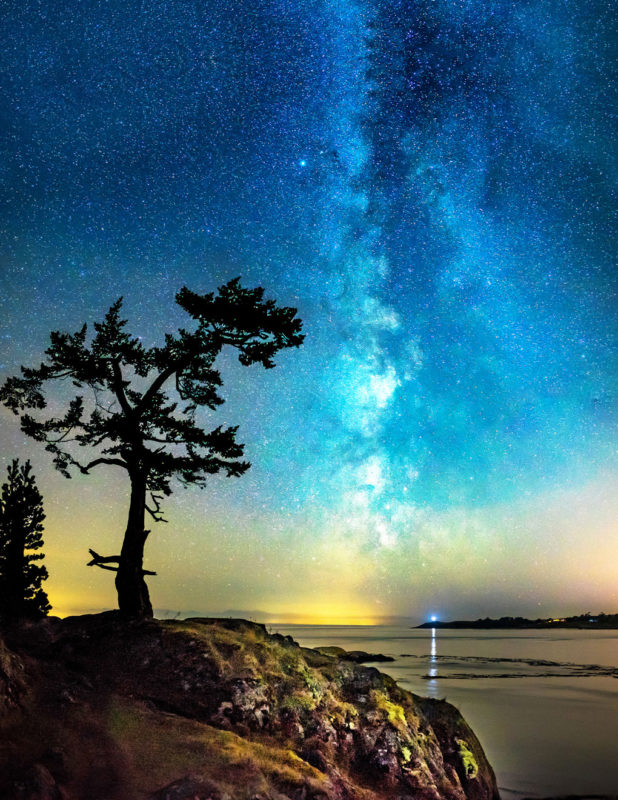By Aruni Wijesinghe
It’s eleven-thirty on a Tuesday night. Beth and I lift clothes out of an industrial washing machine. The wet jeans are heavy, but they feel cool against our forearms in the hot laundromat. I feel something round and foreign in the back pocket of my cutoff Levi’s. I fish a sand dollar out of the dripping denim, hold it up against the fluorescent light of the Fluff ‘N’ Fold. A palm-sized moon.
I set it down on the washing machine where the quarters go. It rattles against the coin slots, then rises towards the ceiling, emitting a soft vibration. It pulses against humming glass tubes.
Beth and I stare at the floating disk as it begins to grow in size. I ask Beth if we should find a laundry basket to position under the sand dollar in case gravity catches up with it. We pile sheets, clean and warm from the dryer, into a rolling wire cart to catch it when it lands.
The sand dollar becomes a second moon, the flower etched into its original form unchanged on its bright face. It glides out the glass entrance door that we left ajar, ascends into the sky to challenge our familiar moon.
We stand on the sidewalk, watching the sand dollar reach towards the old moon. But the new satellite starts to shrink and lose buoyancy, falling through the night sky towards us. I reach out to catch it, but it brushes past my fingers and shatters on the asphalt of the parking lot. Five shards shaped like miniature seagulls fly from the remains of the fallen moon.
The ghost of Carl Sagan drives up in a dented Chevy Nova. He parks close to Beth and me, opens the hatchback and begins to pull out bags of laundry and a giant box of Borax laundry soap. He sees the shattered sand dollar on the ground. He says, It’s a pity those damn things are so fragile. If I had a dollar for every fallen moon I’ve seen, I’d be a rich man by now.
Copyright Wijesinghe 2022
